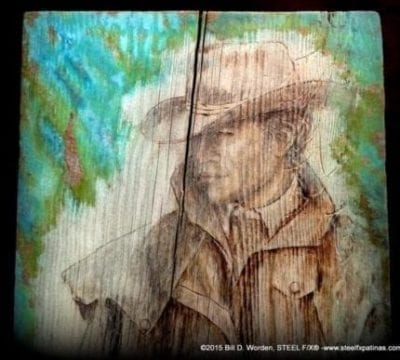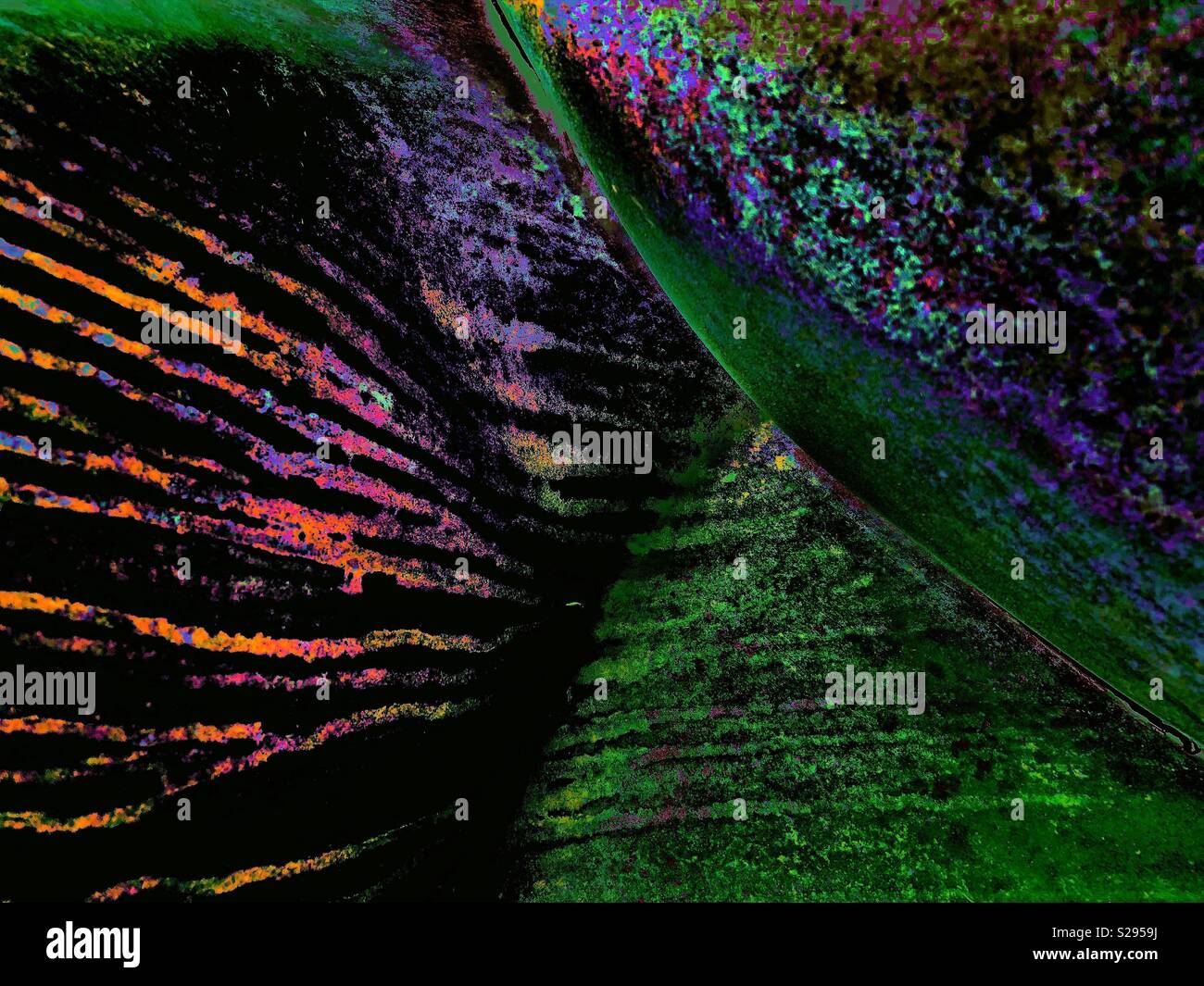

Patina is often considered desirable, as it gives the copper an aged, antique appearance. This oxidizes the copper, forming a layer of green, brown, or black material. Patina is formed on copper when the metal is exposed to moisture and oxygen. Other than that, patina is generally not considered to be toxic. For example, the acids used to clean or create patina effects could emit toxic fumes, so you should always ensure that you are in a well-ventilated area and are wearing protective gear when using them. While these structures are not considered to be toxic, some of the waste materials produced from setups that produce patina could be potentially problematic. This layer is typically made up of elements like chemical compounds, sulfides, and oxides. Patina is a thin layer of oxidation that forms on metals over time, such as with the green hue that forms on copper. Luster may refer to an intentional coat or finish, such as a paint job or enameling. Patina specifically refers to something that has attained its steely look due to age and weathering. Luster is a more general term that can refer to a variety of different glossy finishes. Patina is a shiny, oftentimes greenish film that develops on the surface of metal, most notably copper and bronze. What’s another word for patina?Īnother word for patina is luster. Although rust can eventually form a layer similar in appearance to patina, the two are generally not seen as interchangeable. Rust, on the other hand, is a reddish-brown flaky layer of iron oxide that forms on iron or steel when exposed to oxygen and moisture, leading to the eventual breakdown of the metal. Patina is generally considered desirable and is often a sign of aging and authenticity. Patina is a greenish or reddish layer or coating that forms naturally on metal surfaces exposed to moisture and air, like a copper roof or bronze statue. Applying patina artificially requires a variety of chemical compounds, including acids, and the process must be carefully controlled to create the desired effect.Īpplying patina can also be used to simulate the effects of aging on a new work. Natural patina requires time and the right amount of moisture for the oxidative process to occur, and it provides evidence of the metal’s history and authenticity. Patina can occur naturally or be applied as a surface treatment in fabrications and artworks. In some cases a protective layer is formed, like the green verdigris seen on copper and bronze sculptures, which prevents further corrosion. As metal ages it reacts with oxygen, moisture and other elements in the environment, which can cause the surface to darken or discolor. Patina is the result of a chemical reaction between metals and their environment over time. Depending on the environment and surrounding elements, the patinas can vary in color, texture and chemical composition. This process releases particles and gases that adhere to the material’s surface, forming a new surface layer. The formation of patinas occurs when the surface of the material is exposed to air and moisture, allowing corrosion that leads to the oxidation of the material. Patinas are typically composed of oxidized iron, copper and other metallic compounds that motivate their coloration. The composition of a patina layer is determined by the type of material, environment and the length of exposure to the elements. Patina is an aged sheen or a coating on the surface of a material, typically copper or bronze, that is caused by natural chemical reactions. In addition, long-term exposure to sulfur can form a blackish tarnish on copper, while exposure to salt water can cause blue or white deposits. This is caused by copper oxide, copper sulfide, and copper sulfate reacting with water and oxygen to form a green colored oxide. The most common type of patina is the green tarnish that is often seen on copper, bronze, and brass surfaces. The third and final stage involves the build-up of hydrous oxides, sulfates, and other compounds, which create a more permanent and thicker layer of corrosion on the surface. In the second stage, the metal oxide reacts with carbon dioxide from the air, creating a thin layer of metal carbonate. In the first stage, the metal is exposed to oxygen, forming a layer of metal oxide on the surface. The chemical reaction of patina can be divided into three distinct stages. This layer can form a variety of colors and textures, depending on the type of metal, the environment, and other factors. This oxidation occurs when exposed metal surfaces come in contact with oxygen and form an oxide layer.

Patina is a thin layer of corrosion that forms on the surface of metal objects over time due to the oxidation process.


 0 kommentar(er)
0 kommentar(er)
